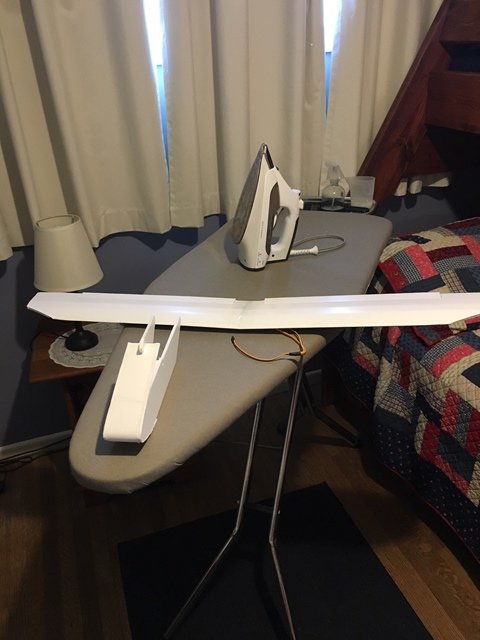I have been wanting to fly rc since I was a teenager and I am just getting started now. I have put together a Tiny Trainer from the plans and I got the power pack and a Spektrum DX6 about a month ago. I took it out for the first time last week. My wife threw it down into the ground twice - lol - then I reaIized had the elevator reversed. On the 3rd try it took off and I freaked on the controls and did a cartwheel and broke the prop and damaged the wing.
I tried again today and reset the d/r and expo settings to be safer this time. This time I got it to fly, not in a straight line, and back to the ground on the grass. I did this for about 10 or 12 times. I got it to go straight and land good a few times. Also went into a chainlink fence and a few hard landings, but I kept going. Then I did a hard nose landing on the dirt road and broke my backup prop. So now I waiting for more props to come so I can crash, I mean fly again -lol. The Tiny Trainer looks a little beat up but a little hot glue and it is ready to go again.
I tried again today and reset the d/r and expo settings to be safer this time. This time I got it to fly, not in a straight line, and back to the ground on the grass. I did this for about 10 or 12 times. I got it to go straight and land good a few times. Also went into a chainlink fence and a few hard landings, but I kept going. Then I did a hard nose landing on the dirt road and broke my backup prop. So now I waiting for more props to come so I can crash, I mean fly again -lol. The Tiny Trainer looks a little beat up but a little hot glue and it is ready to go again.







